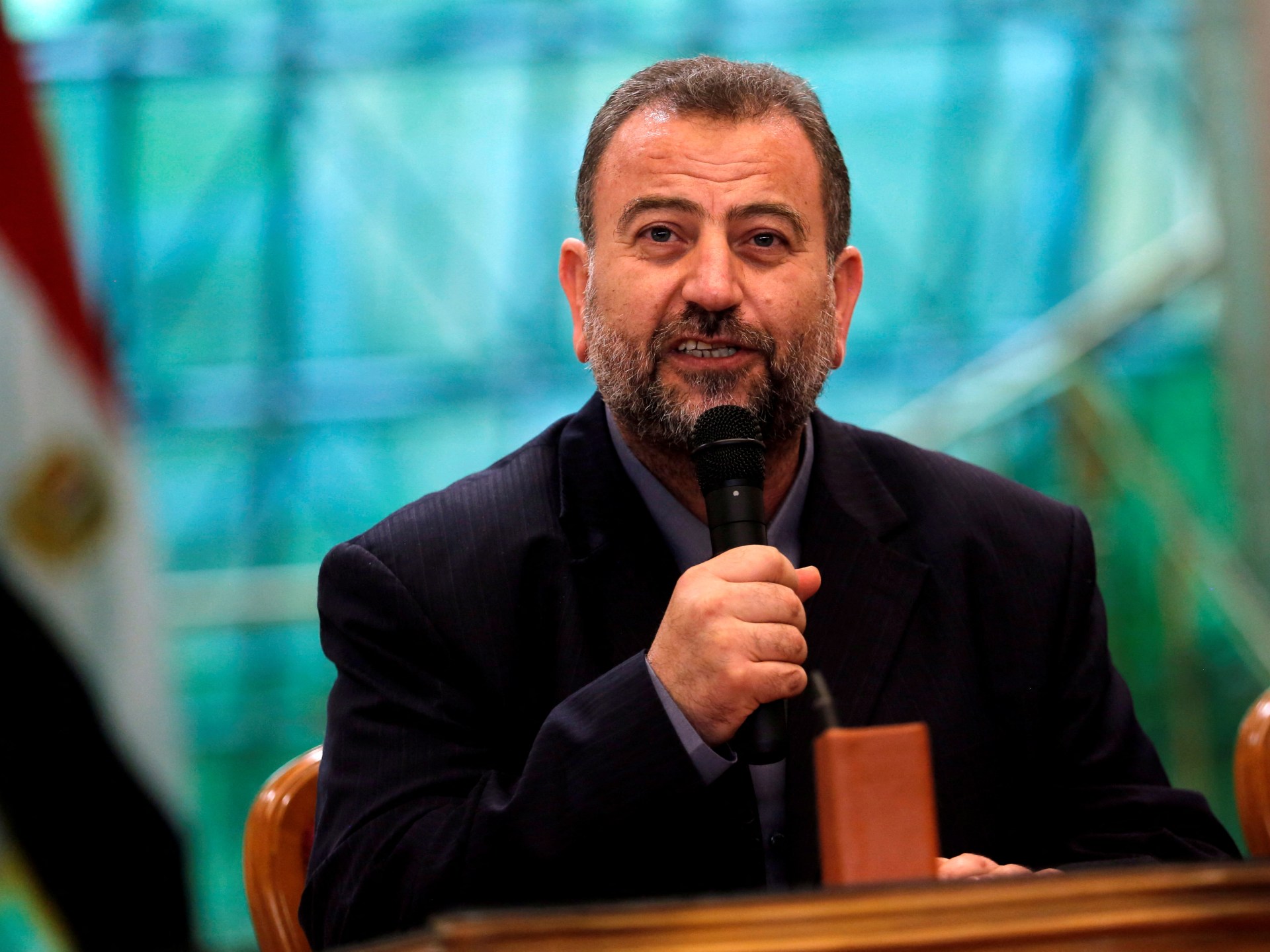EXPLAINER
Cavalcante, 34, captured after escaping from jail by crab-walking up between walls at a prison and jumping from roof.
Published On 14 Sep 2023
A murderer who brazenly escaped from a Pennsylvania jail has been captured by police, bringing an end to a two-week intensive search for the fugitive who broke into homes for food, changed his appearance and stole a van and rifle while on the run.
The capture on Wednesday began when a plane fitted with a thermal imaging camera picked up Danelo Souza Cavalcante’s heat signal in a wooded area, allowing police teams on the ground to secure the area, surround him and move in with search dogs.
Cavalcante, 34, escaped from jail on August 31 by crab-walking up between two walls that were topped with razor wire, and then jumping from the prison’s roof.
Convicted of killing his ex-girlfriend, Deborah Brandao, in front of her children in 2021, prosecutors say he is also a suspect in Brazil for a “double qualified homicide” related to the 2017 slaying of Valter Junior Moreira dos Reis. Authorities say the victim was killed over a vehicle-repair debt.
This is how Cavalcante was captured:
Alarm
The first possible sign of Cavalcante that alerted authorities was a burglar alarm shortly after midnight on Tuesday. Police investigated but did not find anything. The alarm attracted nearby search teams to the area, including a plane provided by the US Drug Enforcement Administration (DEA) that was equipped with thermal imaging technology. At around 1am local time on Wednesday (05:00 GMT), the DEA plane’s thermal imaging camera picked up a heat signal. Searchers on the ground began to track and encircle the area where the signal was located. Search teams formed a circle that was tight enough that “they were within eyesight of each other on the inside perimeter”, said Robert Clark, supervisor of the US Marshals Fugitive Task Force in Philadelphia. Later in the morning, the heat-sensing plane returned along with more search teams. Shortly after 8am (12:00 GMT) a US Customs and Border Patrol team moved in on Cavalcante in the wooded area, about half a mile (0.8km) away from where the alarm was triggered.Capture
Cavalcante had been lying prone, trying to avoid detection, when search teams of about 20 to 25 members got close enough for him to realise they were on to him. He began to crawl through heavy underbrush to try to escape, prompting the Customs and Border Patrol team to release a search dog – either a shepherd or a Belgian Malinois – to pursue him. The dog subdued him in a struggle, leaving Cavalcante with a bleeding scalp wound. He was first bitten on the forehead, then the dog clenched his thigh and held on. Cavalcante then submitted to the police and was handcuffed. Cavalcante had stolen a rifle but no shots were fired during the final minutes of the chase.Controversy and criticism
A group photo of about two dozen police officers in tactical gear posing with Cavalcante was taken minutes after the capture and has drawn criticism from policing reform advocates and some members of the public. The taking of the group photo was captured by a KYW-TV television news helicopter.The law enforcement team that captured convicted killer Danelo Cavalcante poses for a photo with him Wednesday morning following a nearly two week manhunt. https://t.co/KCAx2qePNW pic.twitter.com/YQBXZKLVeh
— CBS News (@CBSNews) September 13, 2023
Policing experts said the celebratory moment was inappropriate and dehumanising. “From a policing ethics point of view, a police officer taking a picture on the street and putting it on social media or doing it as a celebratory or retaliatory thing is not OK,” said Adam Scott Wandt, an associate professor of public policy at the John Jay College of Criminal Justice. Photos of Cavalcante immediately after being arrested, with the police dog pinning him down, circulated widely on social media in the hours after the arrest was announced. The photos did not include information about who took them, but they were taken inside the secured perimeter where only law enforcement officers were allowed.
 Movie
Movie 8 months ago
110
8 months ago
110 






![Presidents Day Weekend Car Sales [2021 Edition] Presidents Day Weekend Car Sales [2021 Edition]](https://www.findthebestcarprice.com/wp-content/uploads/Presidents-Day-Weekend-car-sales.jpg)



 English (United States)
English (United States)